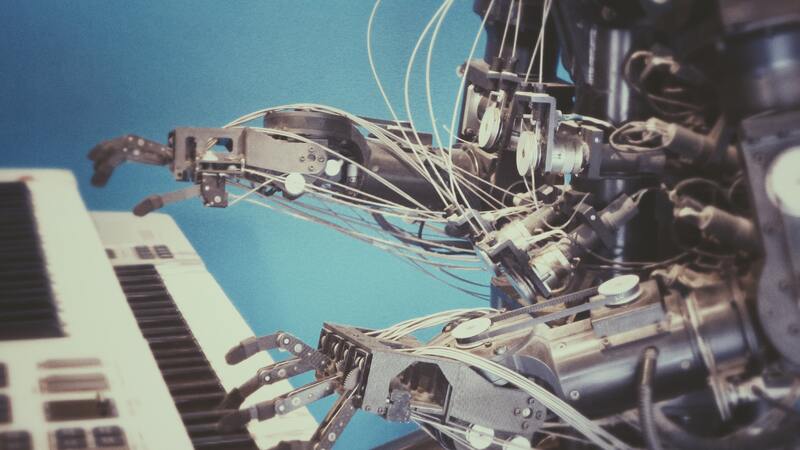Introduction
In the ever-evolving landscape of human resources management, efficiency and accuracy have become paramount. One critical area where this is particularly evident is employee onboarding and off-boarding processes. Traditional methods of managing these processes are often time-consuming, error-prone, and resource-intensive. However, with the advent of HR automation using RDA, organizations can now streamline these processes, ensuring a seamless experience for both employees and HR personnel.
The Challenges of Manual Onboarding and Off-boarding
Traditional employee onboarding and off-boarding processes involve many tasks, from paperwork and documentation to provisioning and access management. These tasks demand significant time and effort from HR teams and expose organizations to the risk of errors and compliance violations. Manual processes can lead to delays in employee productivity, security breaches due to oversight in access revocation, and a generally suboptimal employee experience.
RDA: Orchestrating Seamless Transitions
The BPA part of RDA plays a pivotal role in optimizing HR processes. By leveraging BPA, organizations can model, automate, and streamline complex workflows with meticulous detail. Here's how BPA transforms the landscape of employee onboarding and off-boarding:
- Process Modelling: BPA allows HR professionals to design end-to-end onboarding and off-boarding processes. These models ensure that every step is accounted for, from document collection to access provisioning and equipment return to exit interviews.
- Standardization and Compliance: BPA enforces consistency by standardizing processes across departments and locations. Compliance requirements are seamlessly integrated, ensuring that legal and regulatory obligations are met.
- Cross-Department Collaboration: BPA fosters collaboration by involving IT, security, and finance departments. This integration ensures that all aspects of the transition are well-coordinated.
- Visibility and Monitoring: BPA provides real-time visibility into the progress of onboarding and off-boarding processes. Bottlenecks and delays can be identified and addressed promptly.
In RDA, Robotic Process Automation (RPA) takes the concept of automation to a granular level by automating specific tasks traditionally performed by humans. In the realm of HR, RPA can significantly enhance onboarding and off-boarding processes:
- Data Entry and Extraction: RPA bots can automatically extract information from emails, forms, and other sources, populating HR systems without manual intervention.
- System Integration: RPA tools can integrate with various HR systems, databases, and applications to ensure seamless data transfer and synchronization.
- Access Management: During onboarding, RPA can create user accounts, assign permissions, and set up access to various systems based on predefined rules. Off-boarding triggers access revocation across platforms, bolstering security.
- Task Automation: RPA handles repetitive tasks such as sending welcome emails, scheduling training, and generating reports, freeing HR staff to focus on strategic initiatives.
The Comprehensive Benefits
In RDA, when BPA and RPA converge in the realm of HR automation, the benefits are transformative:
- Efficiency Amplified: BPA and RPA combined to create an environment where processes flow seamlessly, eliminating bottlenecks and delays.
- Data Integrity: The risk of errors and discrepancies is minimized, ensuring accurate records and compliance adherence.
- Enhanced Employee Experience: The accelerated onboarding process boosts new employees' confidence and satisfaction, while a smooth off-boarding process preserves positive sentiments even after departure.
- Agile Response: Process changes or regulations can be swiftly incorporated into BPA and RPA solutions, ensuring ongoing compliance and adaptability.
- Resource Optimization: Human resources are channeled toward strategic tasks that require creativity, critical thinking, and decision-making rather than routine administrative work.
Conclusion
With the help of RDA, HR automation presents a paradigm shift in how employee onboarding and off-boarding are managed. By aligning these technologies, organizations empower HR teams to orchestrate seamless transitions, uphold compliance, and provide exceptional employee experiences. In a business landscape where agility and efficiency are paramount, leveraging BPA and RPA for HR processes isn't just a choice—it's a strategic imperative that can drive organizations toward a more productive and competitive future.





